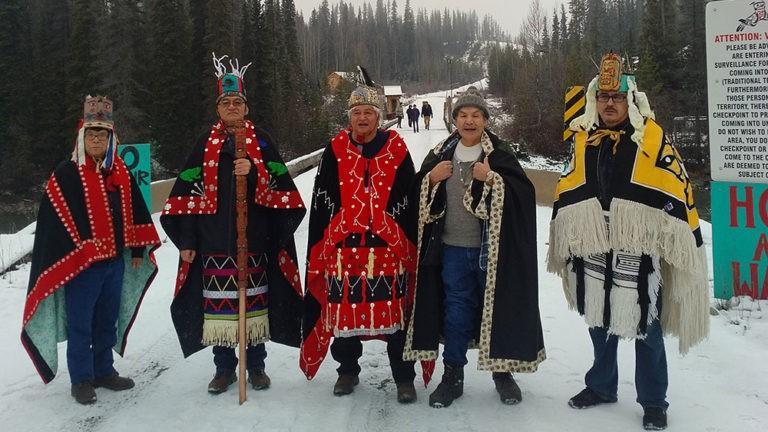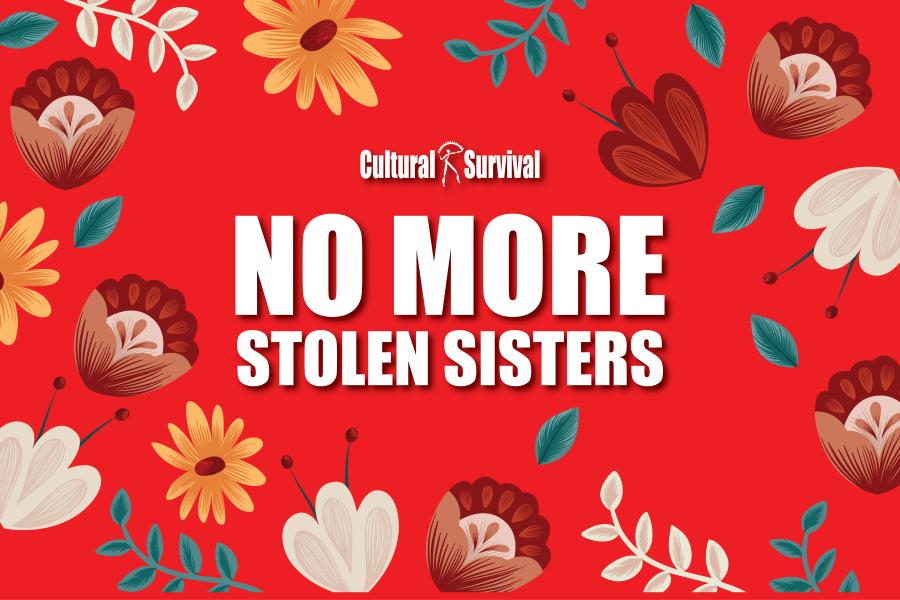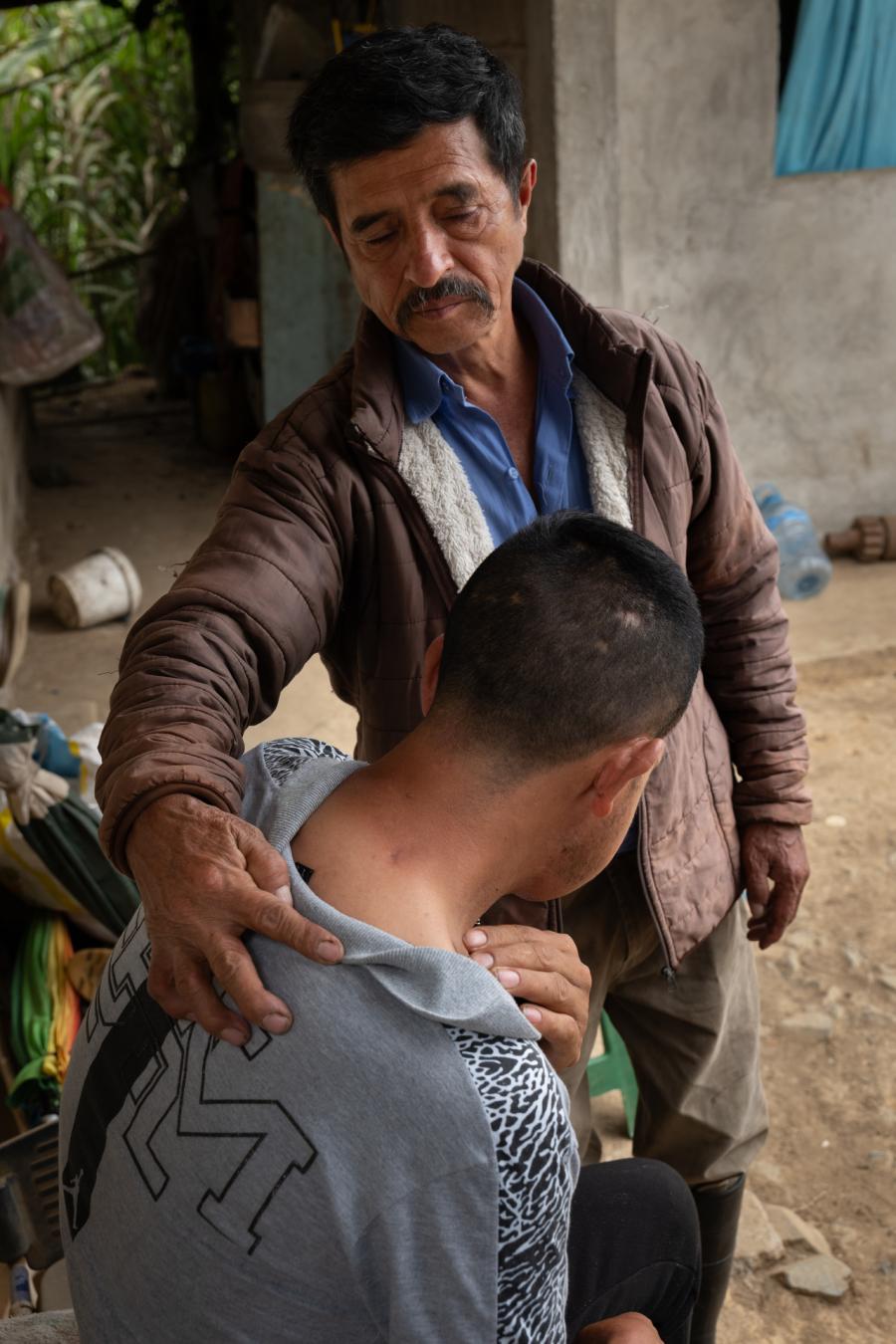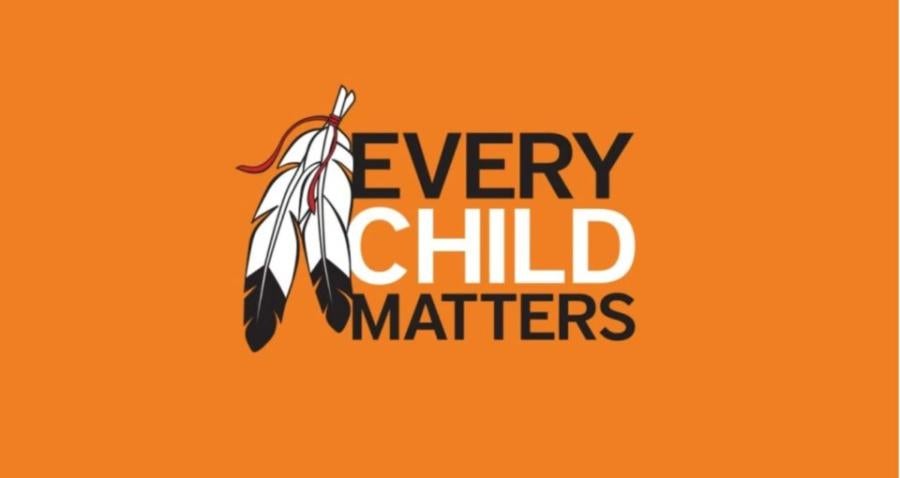
By Augusta Davis
Photo: Wet’suwet’en Hereditary Chiefs, December 2018, photo courtesy of http://unistoten.camp/
In 2008, Wet’suwet’en clans opted out of the British Columbia Treaty process and asserted their land rights to their unceded territory in Canada. On December 31, 2019, the British Columbia Supreme Court issued an injunction to allow construction of the Coastal GasLink pipeline, giving the company unlimited access to Wet’suwet’en lands. The Coastal GasLink pipeline is intended to be 416 miles long, stretching from northeast British Columbia to near Kitimat. Within this swath of land lies 22,000 square kilometers of unceded Wet’suwet’en land. The injunction was firmly rejected by the Wet’suwet’en. On January 7, 2020, the Wet’suwet’en Hereditary Chiefs issued an eviction notice to the pipeline company, effective immediately.
Encampments, intended to prevent pipeline construction and reclaim Wet’suwet’en land, play a crucial role in the reclamation of the Wet’suwet’en Peoples’ Indigenous land rights. Unist'ot'en Camp was founded in 2010 by Wet’suwet’en Hereditary Chiefs. Its mission is to protect Unist’ot’en territory by re-establishing traditional Indigenous governance systems and enacting a free, prior, and informed consent protocol for all activities on Unist’ot’en land. However, intimidation and violence have been ongoing for almost a year. In January 2019, the Unis’tot’en Camp faced intimidation and violence in a raid by the Royal Canadian Mounted Police who used chainsaws to break gates the Wet’suwet’en established on their traditional territories to block construction of the pipeline. The raid led to numerous arrests, and the threat of violence and force has not gone away since the raid.
While the Hereditary Chiefs oppose the pipeline, the Wet’suwet’en elected band council signed an agreement to allow the pipeline to go forward. Negotiations regarding the pipeline were only held with the council. The Hereditary Chiefs are the traditional form of government. This shows a lack of recognition from Canada of traditional government systems. Instead, the government is using a form of Indigenous government, the council, which they created and imposed historically to implement Canada’s policies and among them, approve economic development projects. The issue of the pipeline is also outside the council’s jurisdiction.
To many settler Canadians, however, the idea that these lands in British Columbia do not belong to Canada but rather the Wet’suwet’en Nation, is hard to conceptualize. To understand the situation from an Indigenous perspective, it is useful to take a look at the Wet’suwet’en claim to their unceded land, and the traditional hereditary government system.
Unceded Land
In 1997, the Hereditary Chiefs brought their claim for their ancestral land to the Canadian Supreme Court. The court ruled that the Wet’suwet’en People had not relinquished their land rights and titles to 22,000 square kilometers of land in northern British Columbia. The ruling also recognized the validity of hereditary governance.
Most of the territory of British Columbia was never ceded by the Indigenous Peoples of the land. These Indigenous Peoples have been living on their land for at least 14,000 years, while British Columbia, first a colony now a province, has been around for about 160 years. The cultures, governments, and legal systems of many First Nation Peoples in the region were never extinguished.
At the time of colonization, international and British Law deemed Indigenous land interests were to be respected if the Indigenous People had not signed a treaty or been conquered. The Wet’suwet’en were never conquered nor did they sign a treaty. Nonetheless, without any legal backing, in the 1860s British Columbia started to pass land laws and hand out property interests of the Indigenous land.
Kate Gunn, a lawyer focusing on the rights of Indigenous Peoples writes “The source of the Province’s authority over Indigenous lands remains unresolved in Canadian law today.” Gunn also writes “The fact that the Province has acted since the 1860s as though it has full authority to decide how Indigenous Peoples’ lands are used does not make doing so legal or just.”
While the 1997 ruling highlighted that the government did not have the authority to end Aboriginal title of unceded land, it failed to recognize the boundaries of the territory the title applied to. The judges sent the case back to trial due to a defect and also suggested goodwill negotiations may be preferable for what the case was asking.
The Truth and Reconciliation Report: Reconciliation, the Final Report of the Truth and Reconciliation Commission of Canada 2015 pointed out a 1977 Report of the Mackenzie Valley Pipeline Inquiry. This 1977 report recommended that a proposed pipeline should not be built before Aboriginal land claims are resolved and environmental concerns are addressed. Canada should not rush development of projects until land claims are solved.
Hereditary Chiefs and Band Councils
The Hereditary Chiefs are a part of the pre-colonial, Indigenous governance system. There are 13 house chiefs. The Wet’suwet’en People never stopped using their hereditary government system just like they have never stopped occupying their land. The hereditary chiefs have authority over the unceded land and are the titleholders.
A hereditary chief is not necessarily born into the role but begins preparing for their role at a young age. The Wet’suwet’en Nation is made up of five clans, the clans are made up of 13 houses. Each house has a house chief and secondary leaders called wing chiefs. Chiefs are chosen based on their merit, differing from European or British hereditary systems. A chief is responsible for the land and resources of their territory. The Hereditary Chiefs have jurisdiction and authority over their unceded lands.
Karla Tait, a member of the Gilseyhu Clan of the Wet’suwet’en Nation, states “There’s a basic amount of respect that Indigenous Peoples need to be shown, [that] our governance system needs to be shown. We can’t continue to be considered inferior because we’re not assimilated. Because our life-ways and our beliefs and our governance structures are different than Canada’s.”
The band council was created as a result of the Indian Act of 1876. It was formed as a means to impose a government and leadership structure that is more similar to that of Canada’s government system.
Members of the band council are elected by members of the community. However, there are limitations on who is able to vote. Only those with ‘Indian status’ are able to elect council members. Indian status is determined by the Indian Act which has a long history of limiting who is able to obtain Indian status. This also means that the federal government has control over who can vote for the council.
Many council members felt agreeing to the pipeline was the best option for their people as it was an opportunity to help alleviate some of the poverty that many experience. The band council has concerns over employment on reserves, which is quite scarce, so the council would be more inclined to support Canada’s policies for more employment opportunities in the short term. Kim Staton, a lawyer practicing aboriginal law, commented “I think you can say that people are trying their best to do what they can for their people under very difficult circumstances. And when a resource extraction company comes along and says, 'Look, we have all of this money for you,' they are loath not to take it. They're in between a rock and a hard place. I don't think it's a measure of unqualified support."
However, the authority and jurisdiction of the council is limited by the Indian Act. The council does not have authority in the decision making regarding lands outside First Nation reserves. The land the pipeline will impact is not reserve land from the Indian Act. According to the Wet’suwet’en law, the land in question is under the jurisdiction of the Hereditary Chiefs. Many Indigenous Peoples in Canada hold land rights outside reserves, for example, Aboriginal title and rights to lands that have been occupied before colonization, which are protected under the Constitution Act, 1982.
United Nations Declaration on the Rights of Indigenous Peoples
The UN Declaration on the Rights of Indigenous Peoples was fully adopted by Canada in May 2016. The Declaration recognizes Indigenous Peoples’ right to free, prior, and informed consent in regard to any development on their land as well as self-determination. Article 5 of the Declaration states “Indigenous peoples have the right to maintain and strengthen their distinct political, legal, economic, social, and cultural institutions.” Article 10 of the Declaration states “Indigenous peoples shall not be forcibly removed from their lands or territories.” Article 18 states, “Indigenous Peoples have the right to participate in decision-making in matters which would affect their rights, through representatives chosen by themselves in accordance with their own procedures, as well as to maintain and develop their own Indigenous decision-making institutions.” Article 19 states, “States shall consult and cooperate in good faith with the Indigenous Peoples concerned through their own representative institutions in order to obtain their free, prior, and informed consent before adopting and implementing legislative or administrative measures that may affect them. Article 26 states “Indigenous Peoples have the right to the lands, territories, and resources which they have traditionally owned, occupied or otherwise used or acquired.” Good faith means exercising the historical crown fiduciary duty to guarantee the well being of Indigenous Peoples with special rights in exchange for all the lands taken to make Canada the country it is today.
On the topic of the Declaration, PM Justin Trudeau made a statement saying “[Canada recognizes] the injustices Indigenous Peoples have faced in Canada and continue to face around the world. While we cannot change history, we are working to right persisting historic wrongs.” However, in regard to the Wet'suwet'en land-defenders Trudeau said “The situation as it currently stands is unacceptable and untenable. Canadians have been patient. Our government has been patient. But it has been two weeks, and the barricades need to come down now.” In response, the Hereditary Chiefs stated “We heard Prime Minister Trudeau just a little while ago talking about the inconvenience Canada has suffered. However, there is a difference between inconvenience and injustice.”
Canada is seen around the world as a country that supports Indigenous rights and considers Indigenous issues to be a priority. While Canadian officials often use rhetoric that supports this sentiment, the actions of these officials do not, especially when dealing with development projects, economic reconciliation, and free, prior and informed consent. In addition, when a territory has still pending land claims, or the Indigenous community is divided, it is the time for the government to give the communities the time for them to reach consensus and unify rather than taking advantage of the division to push for a development project.
Research from the Yellowhead Institute at Ryerson University found that, in Canada, 76 percent of injunctions filed by corporations against Indigenous Peoples are granted, but more than 80 percent of the injunctions filed by Indigenous Peoples against corporations and the government are denied.
Cultural Survival supports the Wet’suwet’en People and joins the calls to Coastal GasLink and the Royal Canadian Mounted Police to stand down. Unis’tot’en Camp received a grant from Cultural Survival’s Keepers of the Earth Fund in 2017-2018.



